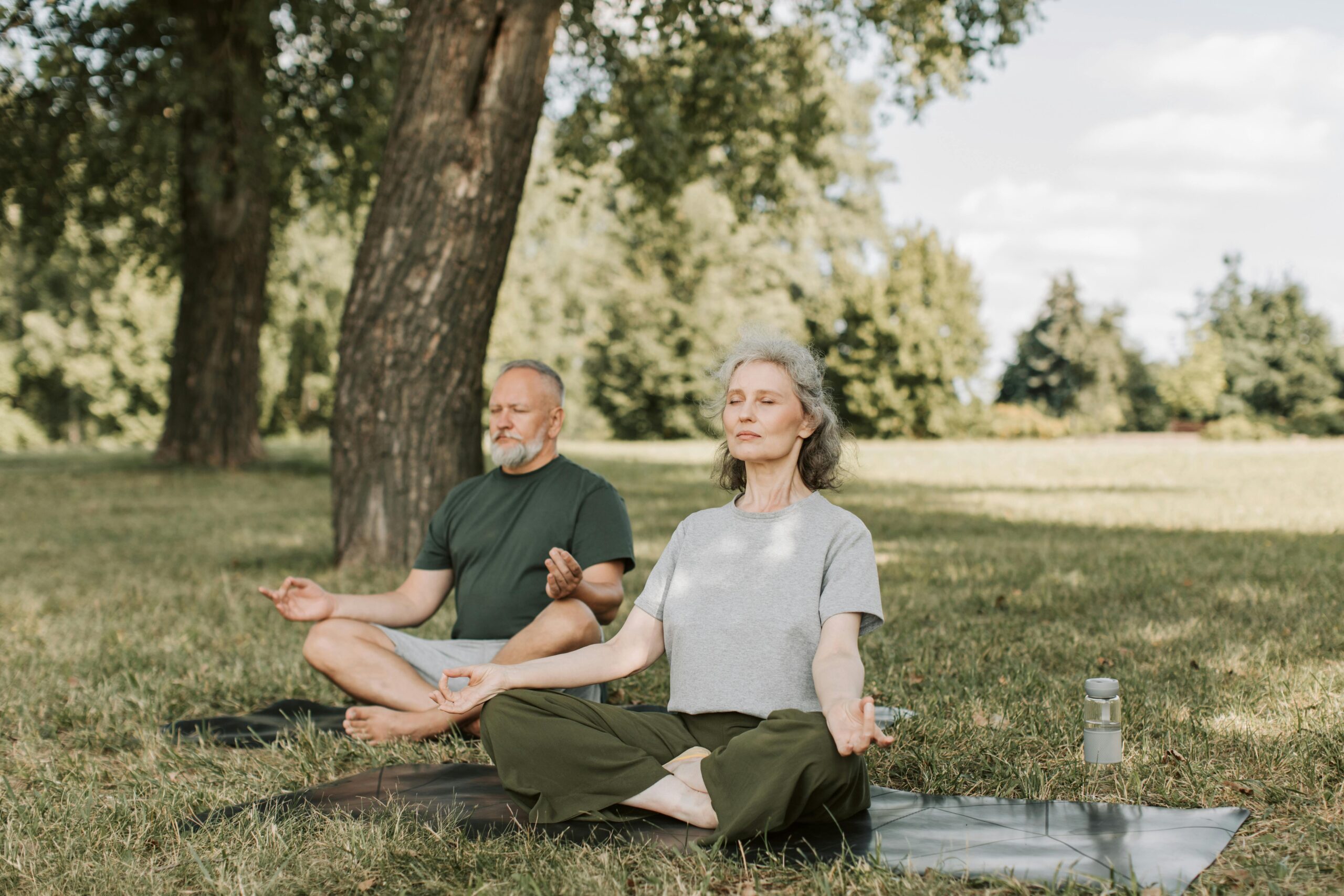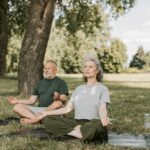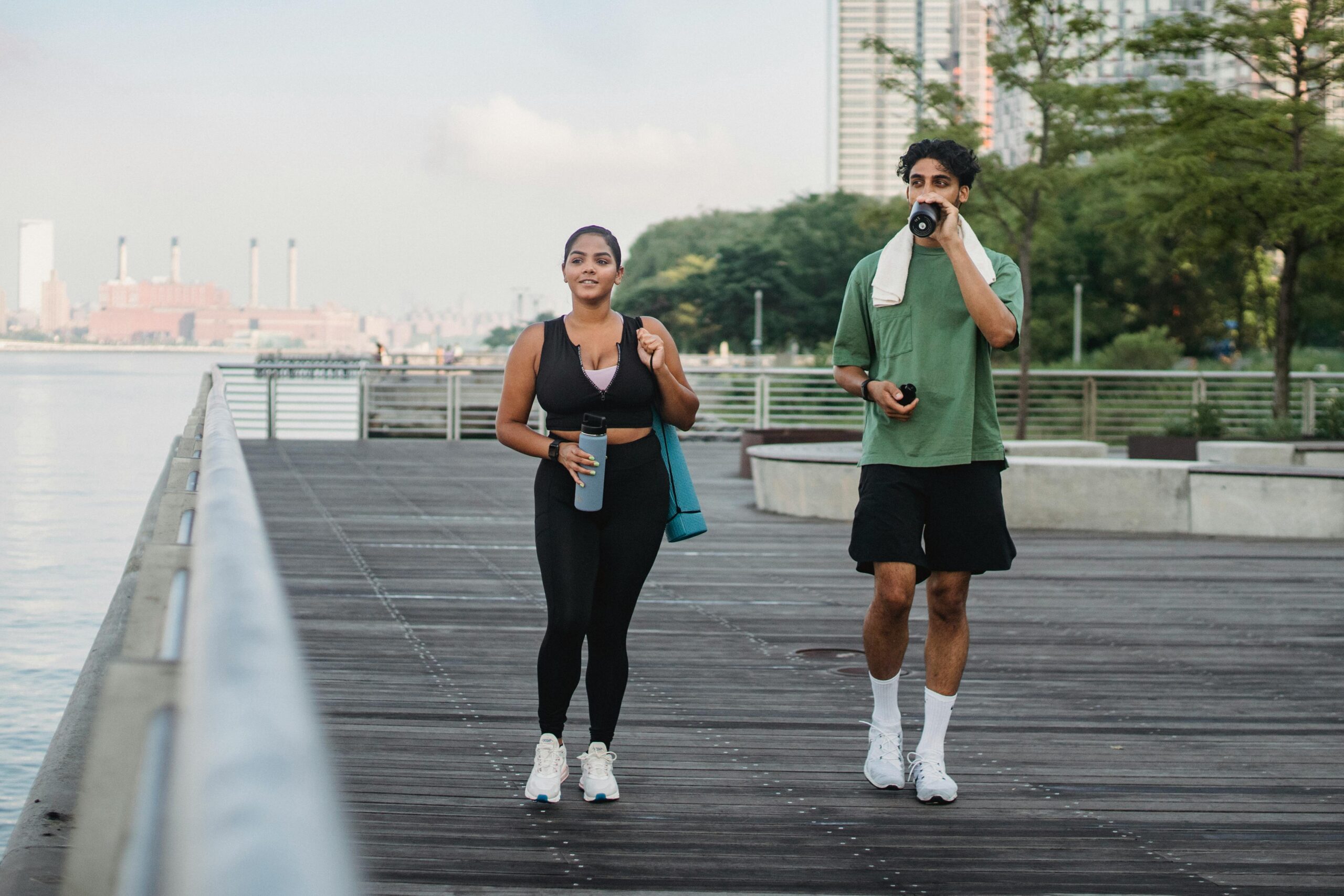The Art of Breathing and Living Well

Probably one of the most vital functions in human life and we just take it for granted. From the time we’re born, our bodies survive on oxygen from breathing to give us that necessary survival we need for life. The following text will explore the science of breathing, physiological and psychological benefits, techniques, and how we can bring this conscious practice into our day-to-day lives.
Physiology of Breathing
Breathing, or respiration, is the process by which we take in oxygen from the environment and give out carbon dioxide produced within our bodies. This happens in several key components:
- The Respiratory System: The major organs in breathing are the nose, pharynx, larynx, trachea, bronchi, and lungs. It begins with air entering either through the nose or the mouth, traveling down the trachea, branching off into the bronchi that lead to the lungs.
- Gas Exchange: Oxygen and carbon dioxide are exchanged in tiny little sacs called alveoli in the lungs. Oxygen diffuses into the blood stream and is transported in cells all over the rest of the body, whilst carbon dioxide is expelled while exhaling.
- Breathing Mechanisms: The dome shaped muscle that lies at the bottom of the lungs is referred to as the diaphragm. During contraction it forms a vacuum and inhales air into the lung, during relaxation air escapes from the lungs.
- Breathing Control: Breathing is fundamentally an automatic function controlled by the brainstem. Simultaneously, we also possess conscious control over our breath, so we can consciously change our physiological condition.
What are the advantages of proper breathing?
Good breathing brings us a host of physical and mental health benefits:
Physical Benefits
- Oxygen Intake Increase: Proper and deep breathing ensures maximum oxygen intake in the cell, which helps generate energy and function the cell effectively. This has to be increased during physical activity.
- Effective Functioning of Lungs: The better respiratory techniques will increase the strength of the diaphragm and thus overall lung functions and respiration with fewer dangers of diseases caused due to the low respiratory functions.
- Stress Reduction Deep breathing triggers parasympathetic response, thus reducing anxiety levels and subsequently lowering stress and blood pressure and heart rates.
- Pain Relief Control of breath can offer some respite against pain, such as increase in flow of oxygen in tissues; the relaxation state reduces spasms in the muscles
- Right Posture Controlled breathing enables right postures as the core muscle will be worked upon that has an indirect effect in providing body posture awareness.
Psychological Benefits
- Anxiety and Stress Management: Deep, focused breathing can be helpful in stabilizing the mind and reducing anxieties. It helps one in controlling and stabilizing things more than ever, especially at critical moments.
- Improved Concentration: This exercise can improve brain power by increasing oxygen circulation through the brain, increasing clarity of thought and a concentration of the mind.
- Emotional Management: Mindful breathing may help individuals to develop more emotional awareness and gain a better ability to recover from emotional situations.
- Meditation and Mindfulness: Many of the meditation practices include breathing. Observing the breath also enhances mindfulness, so that it is much easier to be present in the moment.
Breathing Techniques
Here are some good breathing techniques that can help you to improve both your physical and mental health:
1. Diaphragmatic Breathing
Also known as abdominal or belly breathing, this technique makes full use of the diaphragm.
- How to Practice:
- Sit or lie down comfortably.
- Place one hand on your chest and the other on your abdomen.
- Breathe in through your nose. As you inhale, allow your diaphragm to drop down and let your abdomen expand outward.
- Breathe out of your mouth slowly. Your abdomen falls in.
- Try to do it in a slow rhythm with a musical sound.
2. Box Breathing
This technique is commonly used by athletes and military personnel in enhancing concentration and reducing nervousness.
- How to Do It:
- Inhale deeply for a count of four.
- Hold the breath for a count of four.
- Exhale slowly for a count of four.
- Hold your breath again for a count of four.
- Repeat the pattern for some time.
3. 4-7-8 Breathing
This is a technique that will be used to relax and become peaceful.
- How to Practice:
- Inhale silently through the nose for four counts.
- Hold breath for seven counts.
- Exhale fully through the mouth for eight counts.
- Repeat the cycle four times.
4. Alternate Nostril Breathing (Nadi Shodhana)
This is a common practice in yoga that balances energy while calming the mind.
- How to Practice:
- Sit comfortably and close your right nostril with your right thumb.
- Inhale deeply through your left nostril.
- Close your left nostril with your ring finger and release your right nostril.
- Exhale through the right nostril.
- Inhale through the right nostril, then switch, exhaling through the left.
- Continue alternating for several minutes.
- Pursed-Lip Breathing
This breathing exercise increases lung volume and is also helpful for people with lung disorders.
How to Practice:
- Inhale slowly through your nose for two counts.
- Pucker your lips as if you are going to whistle.
- Exhale slowly and softly through your pursed lips for four counts.
- Repeat as needed.
Using Breathing Techniques in Daily Life
To enjoy the maximum benefits of breathing exercises, a portion of your daily routine must be prepared for them. Here’s how you can do that practically:
- Mark a Time: Schedule special time slots for practicing your breathing exercises. It may be in the morning while going to work to initiate a mindful day, between work hours to relieve a part of your stress when going for lunch, or even before bed to set the stage for sleepiness.
- Mix It Up with Other Tasks: Practice breathing exercises combined with yoga, meditation or walking. You can concentrate and strengthen the practice of that other activity by focusing more on your breath.
- Use Reminders Set reminders on your phone and write sticky notes around the house to remind you, periodically, to take several mindful breaths during your workday.
- During Stress Events: Practice breathing at the height of tension or stress event may be used for scenarios like giving public talks, tests, or intense arguments to calm down and speak logically.
- Educate people about this: Inform people as to what you gained from deep breathing. Practicing the activity in a group does indeed help one get on track and assists each member to achieve it.
Breathing is one of the most important elements in physical performance, and knowing how to breathe properly while exercising can make your workout better. Here are some tips:
- Coordinate Breathing with Movement: For activities like running or cycling, establish a rhythm that synchronizes your breath with your movements. For example, you might inhale for three steps and exhale for two.
- Nasal breathing: Nasal breathing while performing low intensity exercise helps to increase the oxygen intake and cleanse the air going into the lungs. Obviously, when doing high-intensity exercise, people start breathing through the mouth as they increase the flow of oxygen going into the body.
- Breathing exercise: There are certain breathing exercises that should be performed for increased lung capacity before and after the exercise to speed up recovery.
Conclusion
Breathing is a very important but sometimes neglected part of health and wellness. With a proper understanding of the mechanics and benefits of breathing, individuals can ultimately take more control of their physical and mental health. In general, individuals can benefit through better oxygen delivery, lowered stress levels, good emotional control, and health with effective breathing in daily life. Whether it’s simple diaphragmatic breathing, alternate nostril breathing, or simply infusing exercise with a breath awareness, the act of developing an awareness of breath can deeply alter the quality of one’s life. So take a deep breath and discover the power of mindful breathing, beginning today!









